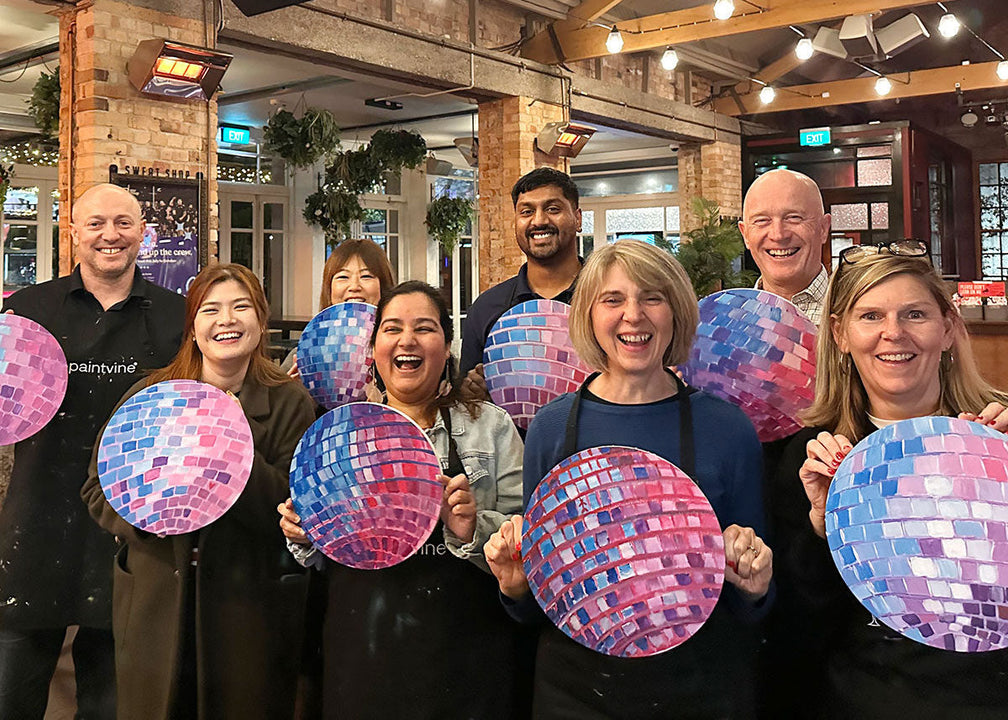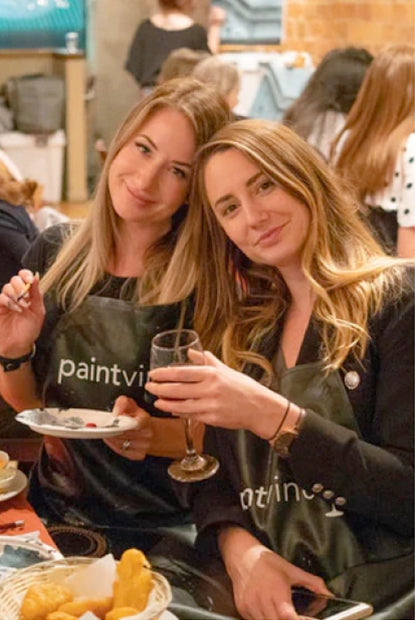
When you picture a disco ball, chances are you’re thinking of packed dancefloors, glittering 1970s outfits, and Saturday Night Fever vibes. But here’s the twist – the disco ball is far older than disco itself. In fact, its first recorded appearance dates back to 1897, when a group of electricians in Charlestown, Massachusetts wanted to throw a party that could be seen across Boston. They rigged up coloured lamps and even a carbon arc light, and directed them onto what they proudly called a “mirror ball”. Imagine the surprise of the guests as hundreds of little sparks of light scattered across the hall – decades before disco was even a word.
Not long after, in 1916, an inventor named Louis Bernard Woeste patented his version of the mirror ball, which he called the “myriad reflector”. You can see the original patent on Google Patents. His idea was simple but brilliant: cover a sphere with hundreds of tiny mirrors and let it scatter light into countless dancing points. It was clever enough, but what really made the mirror ball take off was the way it was marketed.
By the 1920s, Woeste’s company Stephens & Woeste was selling these glittering spheres to dance halls, jazz clubs and skating rinks. Their advertising didn’t just talk about light – it promised magic. One advertisement declared, “When spotlights are thrown on the rotating globe, the reflections of the mirrors are multiplied into a dancing, indescribable lighting effect that is simply immense.” It went on to describe halls filled with “dancing fireflies of a thousand hues” and spaces transformed into “a brilliant fairyland of flashing, changing, living colours”. This wasn’t just decoration – it was an experience, a way to step out of the ordinary and into something mesmerising.
From then on, the mirror ball quietly worked its charm in clubs and films – look closely in the 1927 German classic Berlin: Symphony of a Great City, or even in the flashback scenes of Casablanca in 1942 and you’ll spot one. But it wasn’t until the disco boom of the 1970s that the ball truly had its moment.
At the height of the craze, one company in Louisville, Kentucky, was making 90 per cent of all disco balls in the United States. Some were enormous, spanning almost four feet across, each one painstakingly hand-covered in hundreds of mirrored tiles. Under a spotlight, they turned a room into a galaxy of moving stars – the perfect backdrop for disco’s wild energy and sense of freedom.
And here’s the thing: even though disco eventually faded, the mirror ball never did. It’s still here with us – popping up in music videos, hanging in bars, and sparkling in home décor. There’s something timeless about its simple magic – a sphere, some mirrors, and light – that still makes us stop, smile, and dance.
If you’re keen to paint your own mirror ball, and experience how shapes and colours can create a magical 3D appearance on a flat round canvas, we’ve got special events happening across New Zealand. These are limited edition sessions, so grab your tickets quickly before they sell out – and get ready to add some sparkle to your world.

